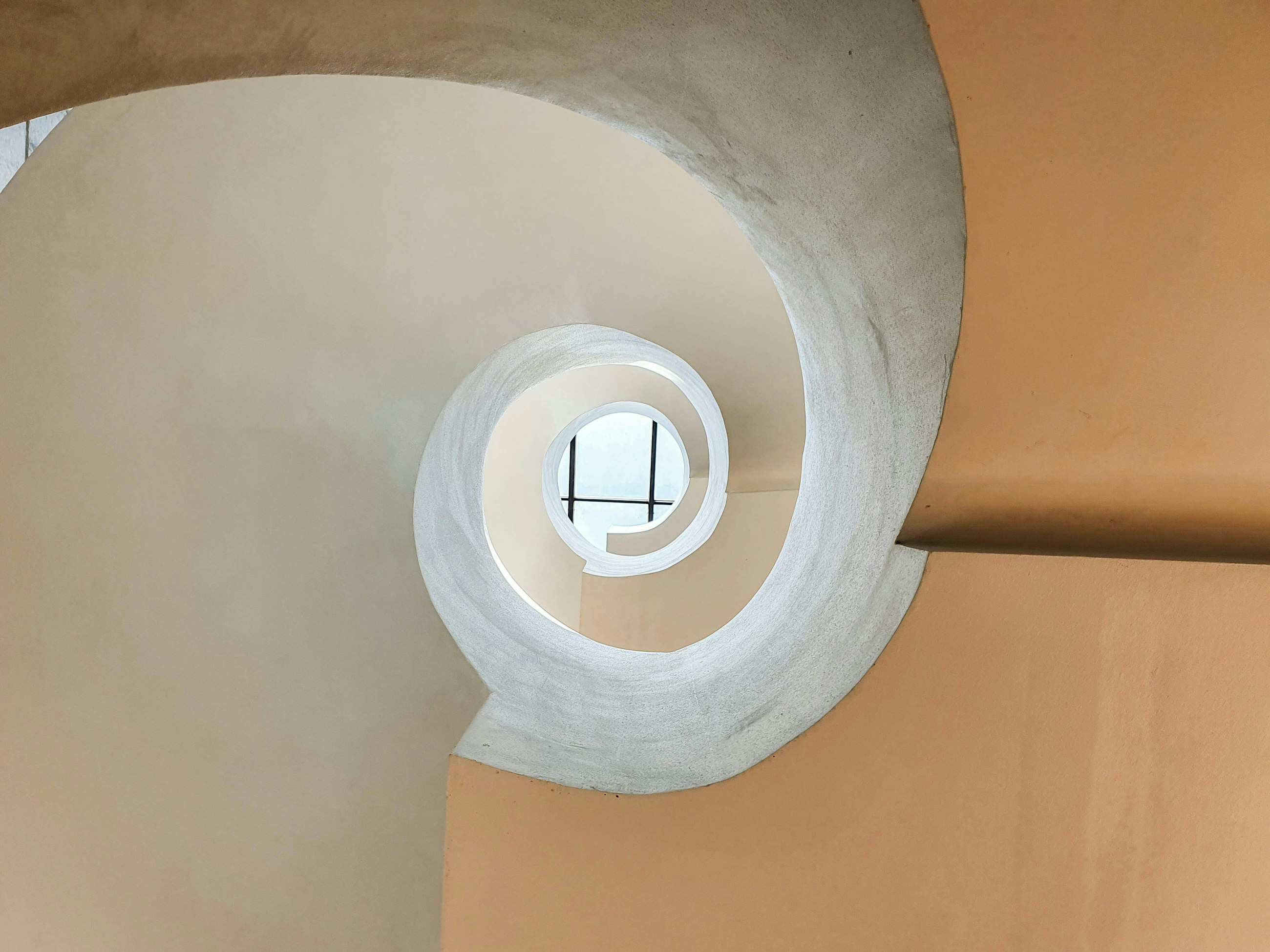Article
How PP/DS works with variant configuration in SAP.
Published
2 September 2024
Many companies face the task of dealing with the complexity of configurable products in their supply chain planning, posing challenges for even the most agile operations. In industries such as automotive, construction equipment and machinery, where configure-to-order is the norm, the dynamic nature of bills of materials (BoMs) and production routings can significantly complicate planning efforts.
This is also often seen in companies and industries that use “postponement” as a strategy in their production set-up. Postponement refers to the strategic delay of certain activities in the supply chain or production process until customer orders or market demand are received. This approach aims to reduce the risks associated with inventory holding, improve customisation capabilities and enhance responsiveness to market changes.
Postponement can be applied at various stages of the supply chain, such as in manufacturing, where decisions about the final product are made at a late stage, often based on specifications made directly in a customer order (MTO assembly or production).
From an SAP technical point of view, variant configuration is often used to model flexibility in the later stages of the production process. For example, while we know that we need to produce a specific car model, there is flexibility in choosing different variations of that specific car model, resulting in final specifications for engine type and size, tyre options, colour, interior etc.
We often get inquiries about whether it is possible to plan with S/4 PP/DS (formerly known as ePP/DS) in a situation where the company is using variant configuration in SAP. The answer is short and straightforward – yes, it is possible. The advanced capabilities of SAP S/4 Production Planning and Detailed Scheduling (PP/DS) can effectively plan and manage the intricacies of variant configuration. This is done by using the same master data, sales orders and other relevant information used in S/4 for managing variant configuration.
The secret to the success of SAP S/4HANA PP/DS in configurable product planning lies in its robust use of standard SAP master data. It fully leverages variant configuration models to accommodate the different iterations of a product. As in the previously mentioned example, a car could be offered with different engine sizes, wheel options and transmission types, with each choice changing the required components and manufacturing processes. S/4 PP/DS dynamically adapts to these varying requirements by pulling the correct variant-specific BoM and routing details directly from the sales order configuration.
In S/4 PP/DS, planners have the visibility and tools needed to manage orders and view details with the correct BoM and work centre information. The system’s intelligence ensures that each configured order is accurately reflected on the planning board, considering the unique specifications dictated by sales and customer choices. This functionality provides a clear and detailed picture of manufacturing requirements, enabling precise scheduling and allocation of resources.
Demo example
In the following example, we will take you through a simple configuration set-up for a bike manufacturer and show you how the results end up looking in the SAP S/4 PP/DS planning board.
From a sales point of view, we can choose between the following configuration options, resulting in different BoMs and routings for a specific sales order:
- Type of bike: road or mountain bike
- Electric or mechanical gear shifters
- Colour of bike
Different configuration combinations will result in different components for the production orders.
Master data for the bike example
In SAP S/4, the material is set up as a KMAT (configurable product), and a super BoM and a super routing are created, containing all possible combinations of components and production operations. In addition, variant configuration dependencies are maintained and, as a result, assigned to the super BoM and super routing.
For the BoM, all component options are configurable:
For the super routing, there are two gear assembly options:
As a result, in S/4 PP/DS, the production data structure (PDS) is also reflected in the full BoM and routing options. It is also indicated that the finished product is configurable and that object dependencies exist for the components:
To illustrate the result in PP/DS, two sales orders are created in this example, triggering the need for different components and different gear assembly operations:
Sales order 1: Red road bike with mechanical gears
Sales order 2: Blue mountain bike with electronic gears
Afterwards, the planned orders are created automatically based on master data (the planned orders can also be created and exploded with MRP in PP/DS or in S/4). Jumping to the PP/DS planning board, we immediately see that the orders do not trigger the same operations for gear assembly as a consequence of the sales configuration triggering different production routing options:
The same is the case when we jump into the details of each of the two orders, where different component requirements and different operations are visible:
Conclusion
The ability to plan effectively for configurable products represents a significant competitive advantage in today’s market. SAP S/4HANA PP/DS offers a solution that meets the challenge and enables detailed and accurate planning for complex product configurations. With this tool, companies can confidently navigate the variability inherent in configure-to-order environments, ensuring efficiency, responsiveness and customer satisfaction.
Do you need help with end-to-end planning with SAP PP/DS and IBP?
Our expertise in supply chain planning ensures that your transition to this next-generation tool is seamless and value-driven. Contact us to learn how we can help you transform your planning processes.
Related0 4
Article
Read more
From export to local production
Strategic responses to a shifting US trade environment.Article
Read more
Enabling Artificial Intelligence in SAP
A framework for shaping your AI journey in SAPArticle
Read more
ERP implementations in the banking sector
Navigating the complexities of SAP transformation projects.Article
Read more















